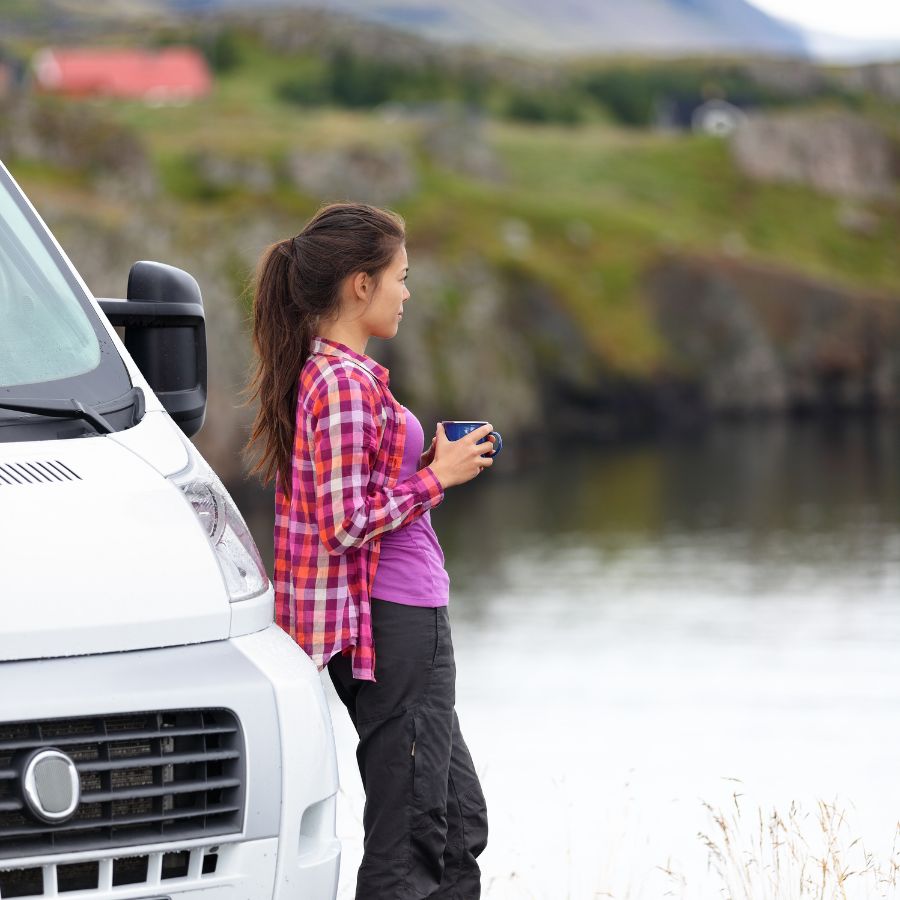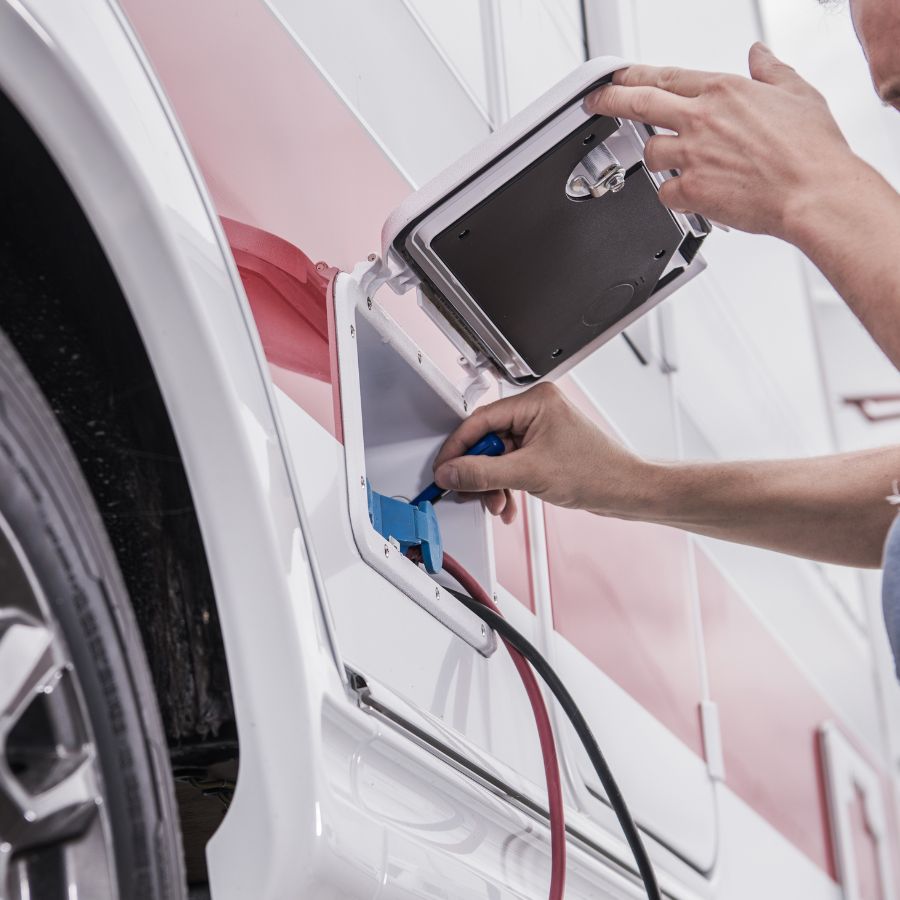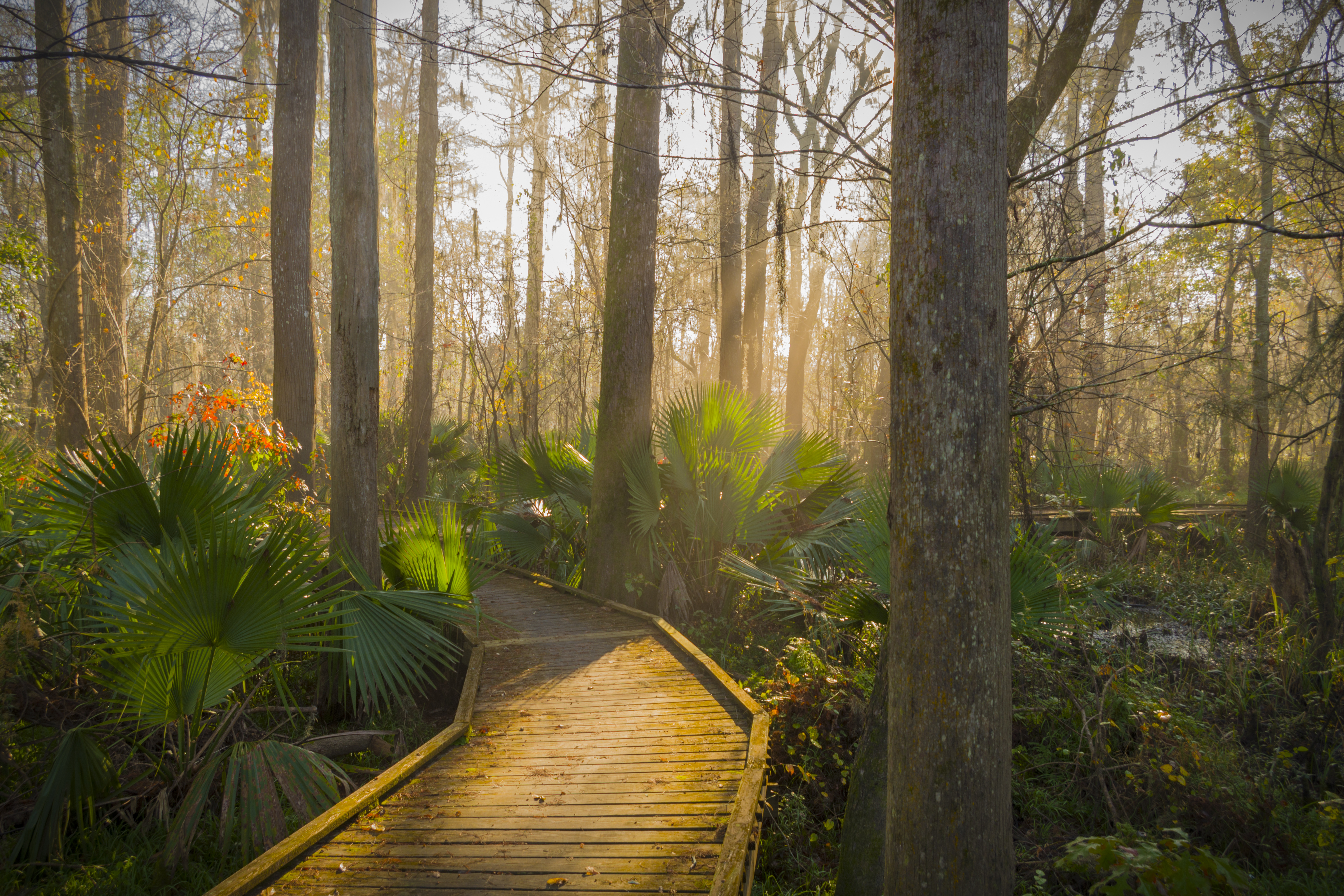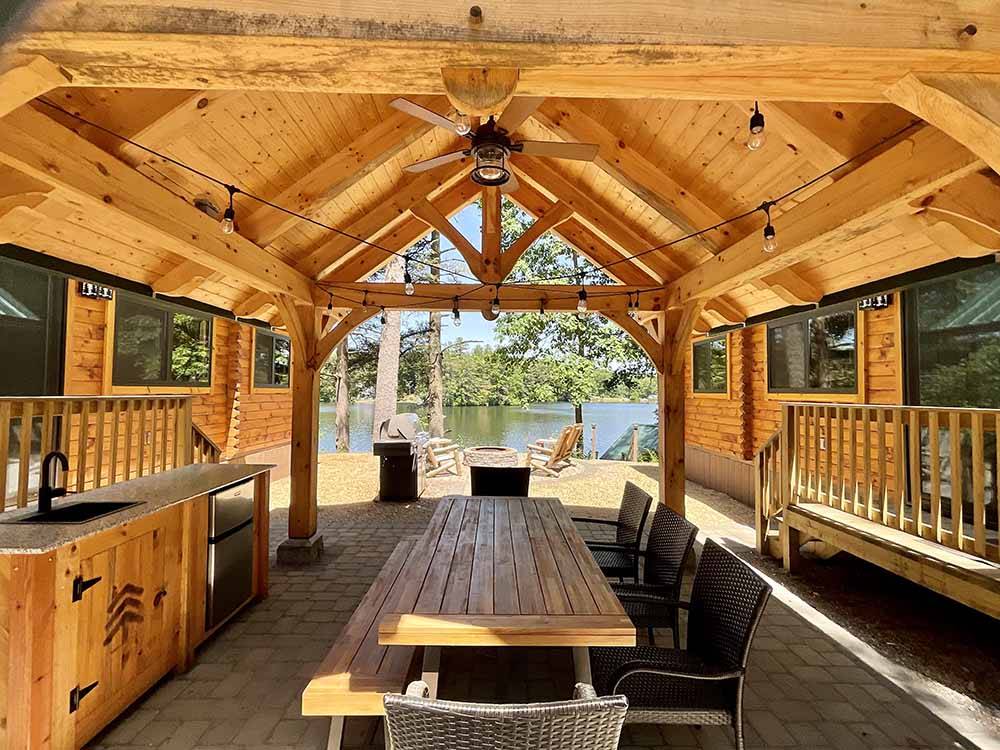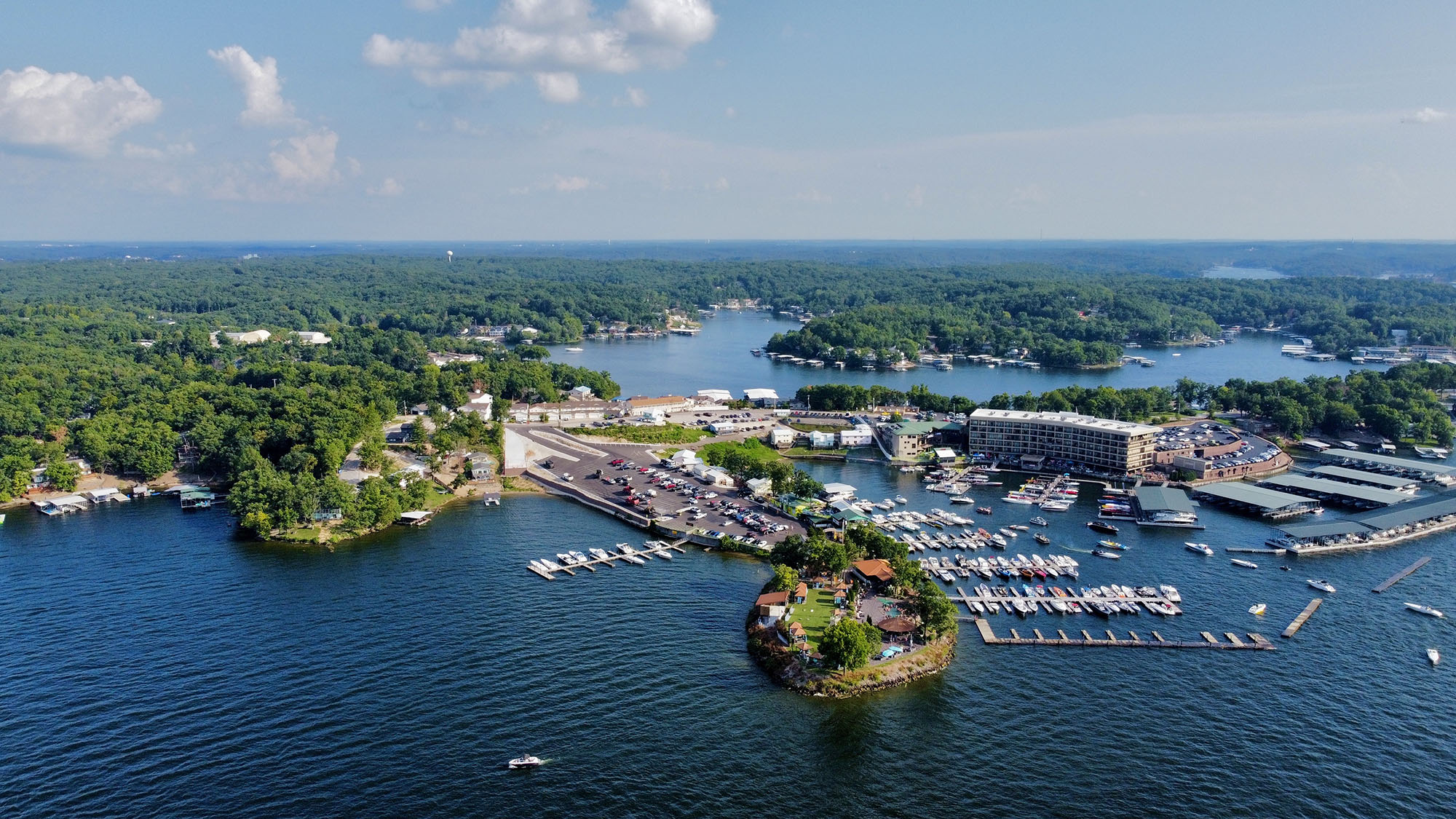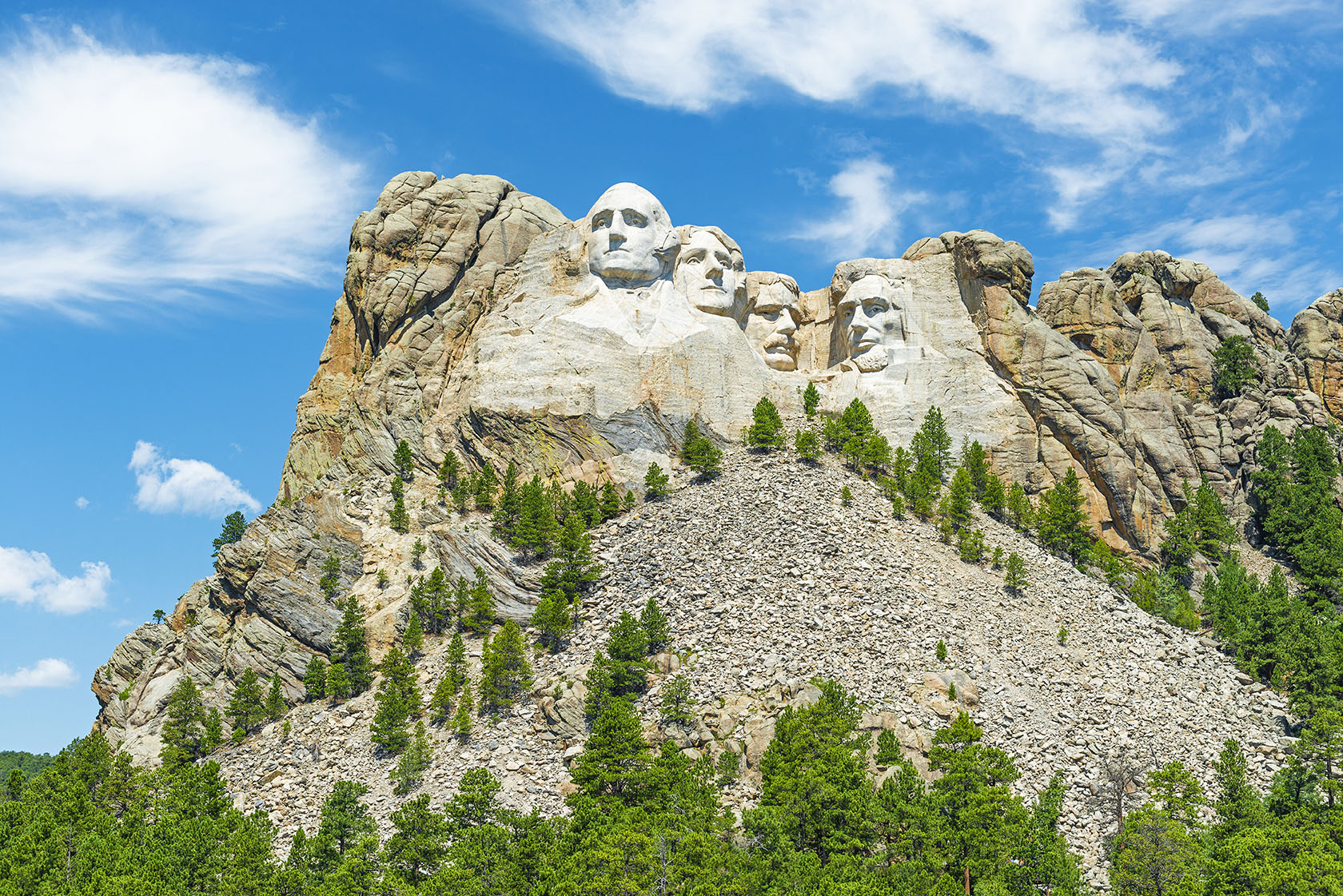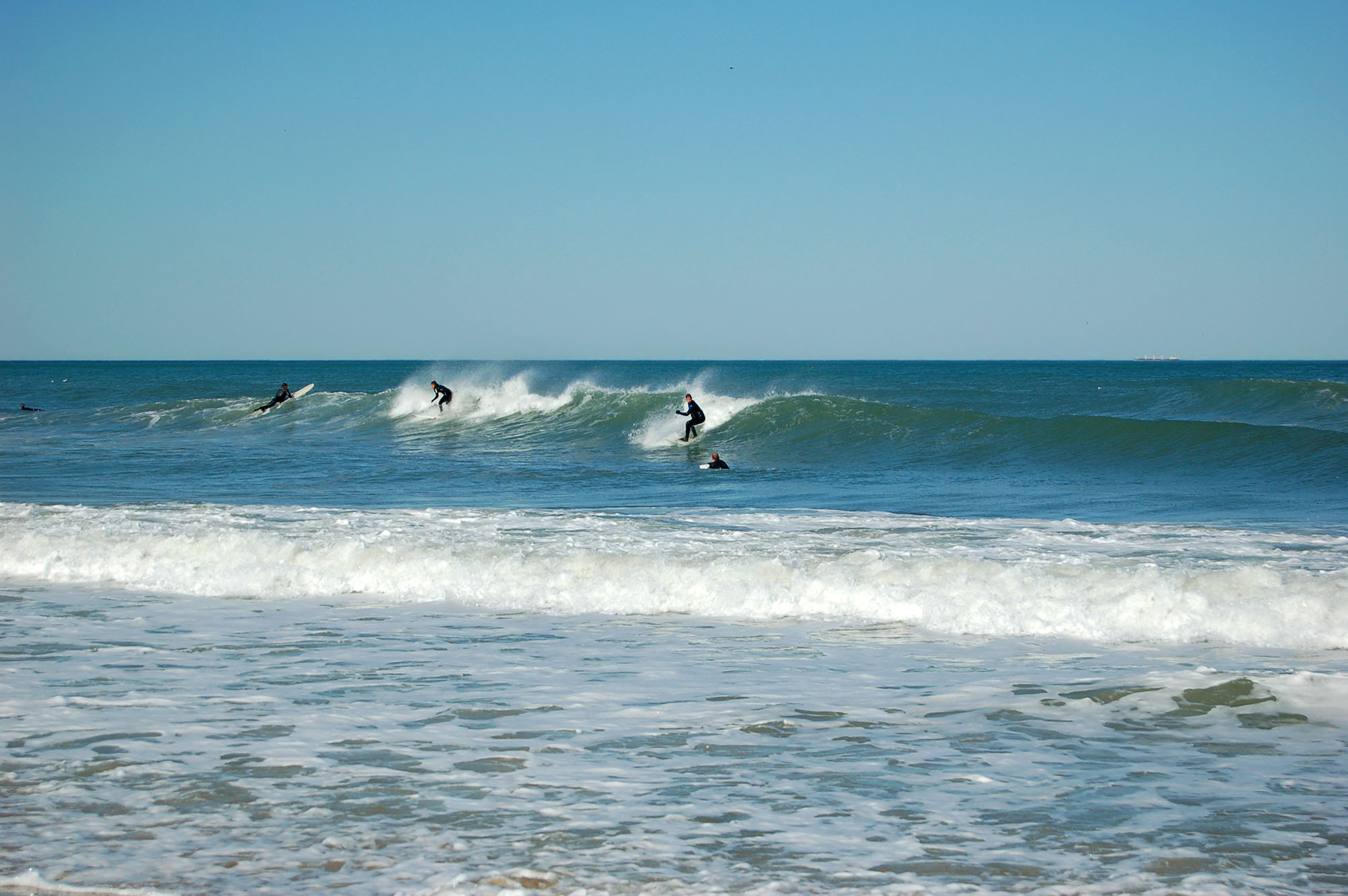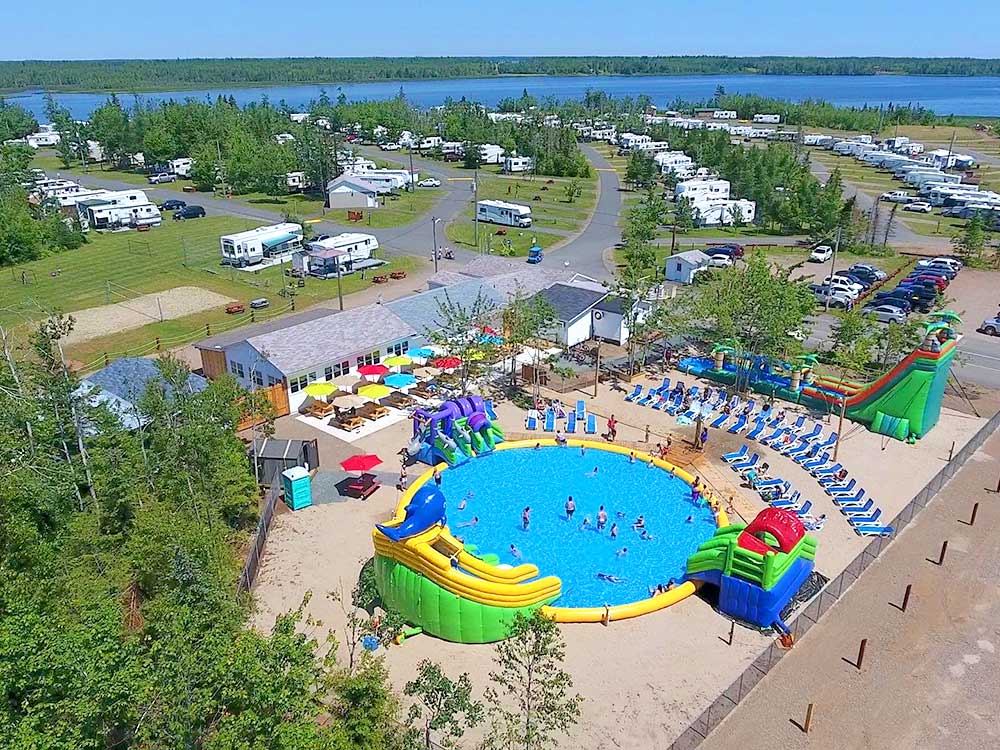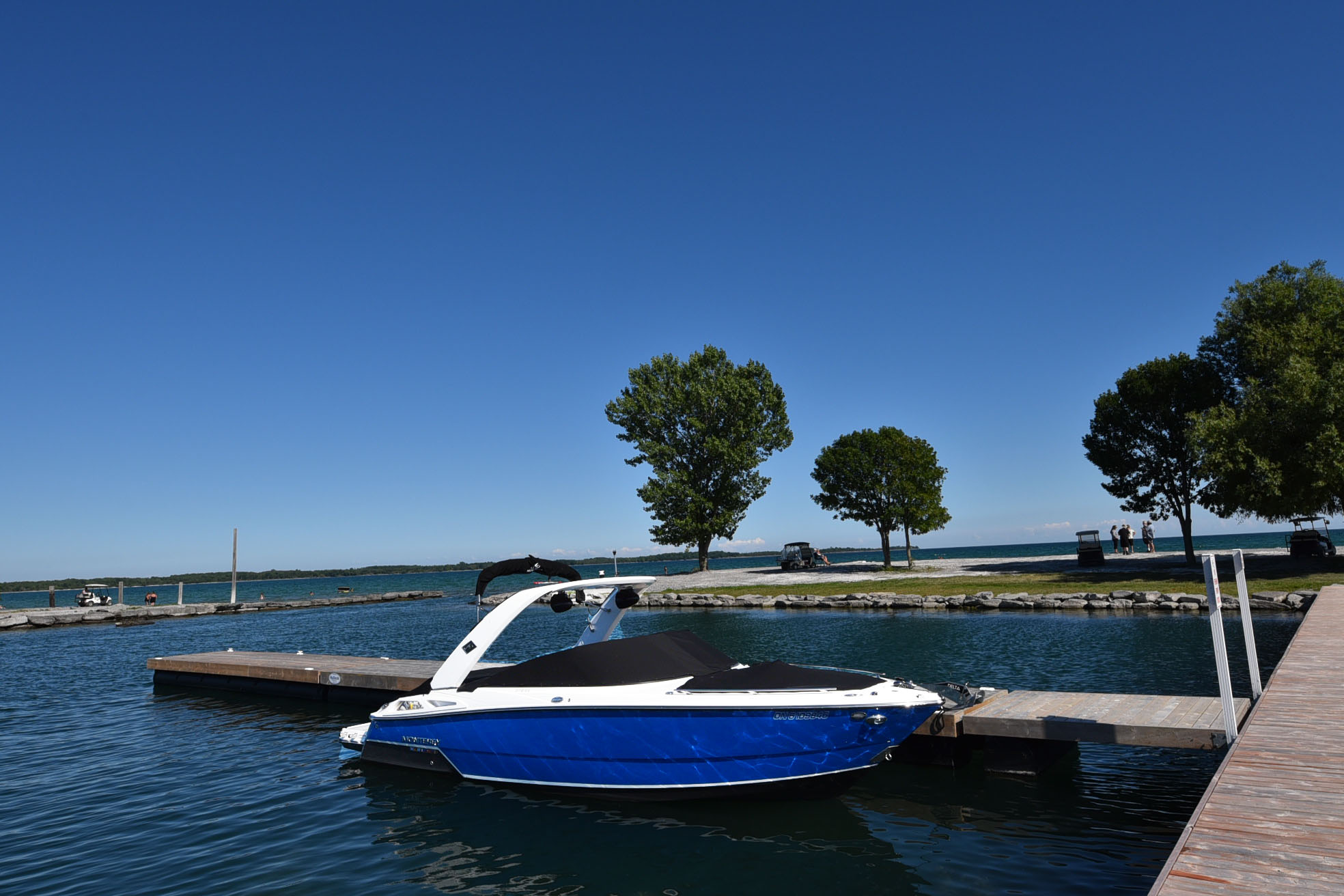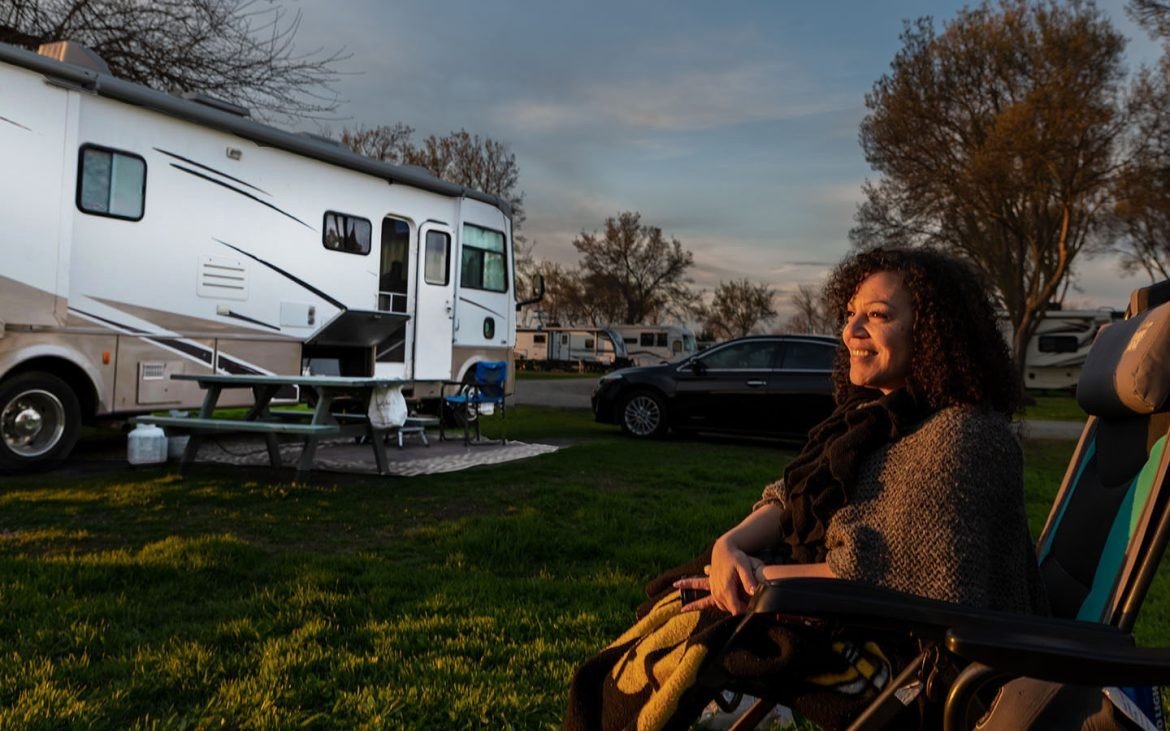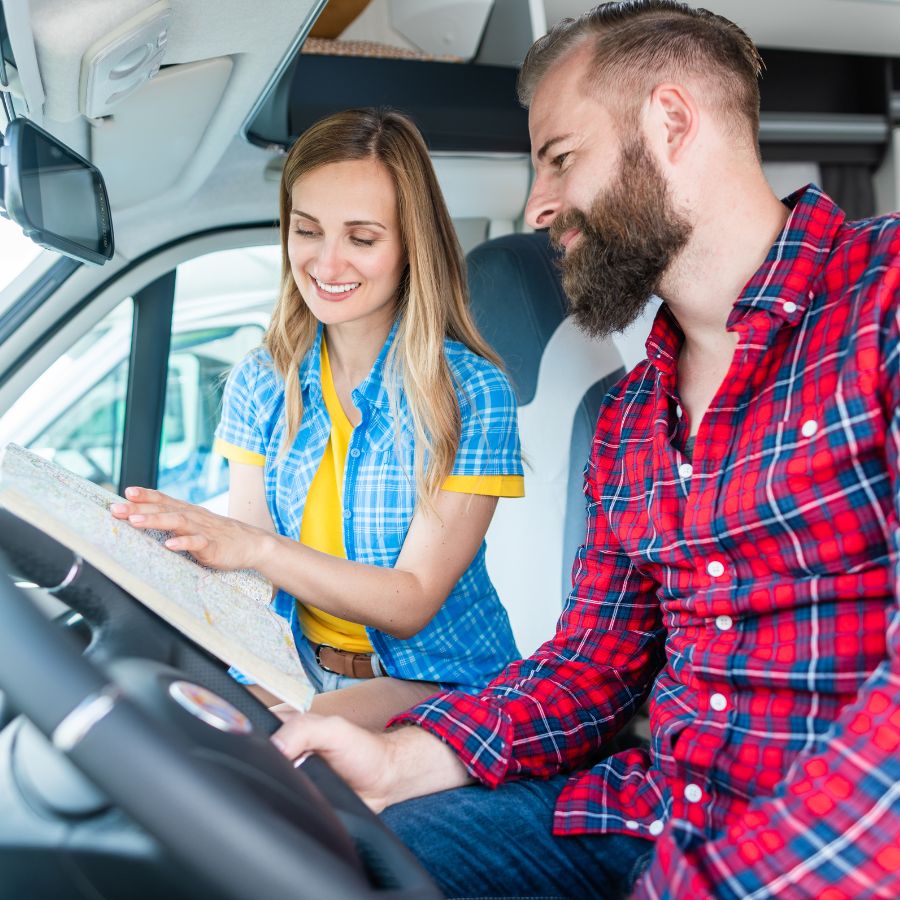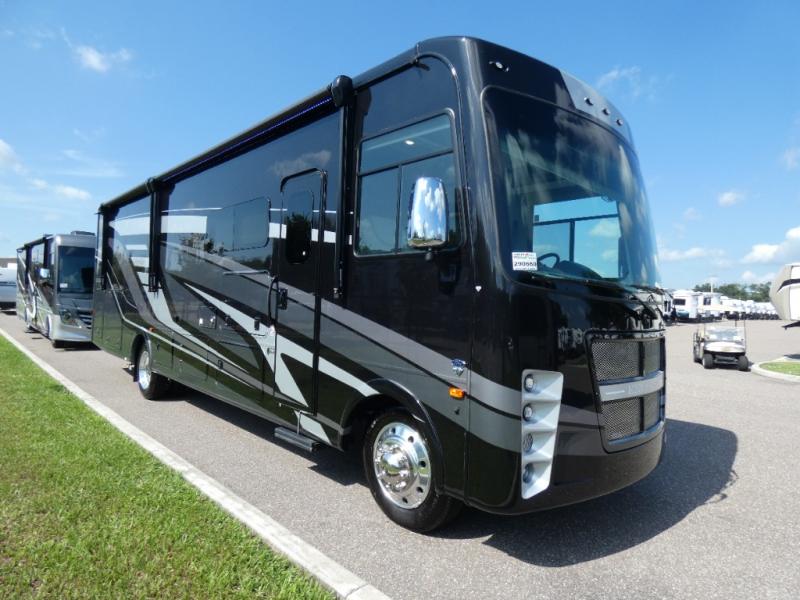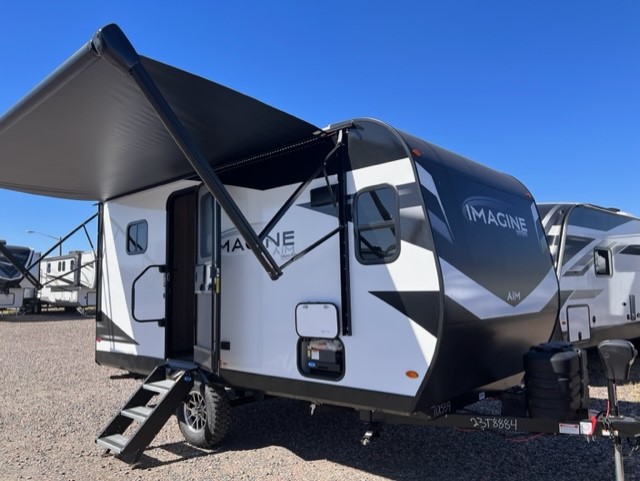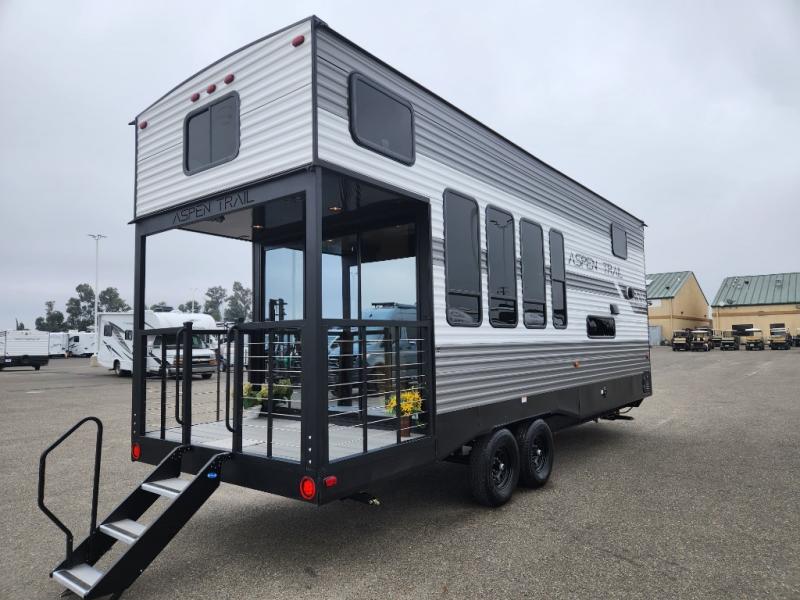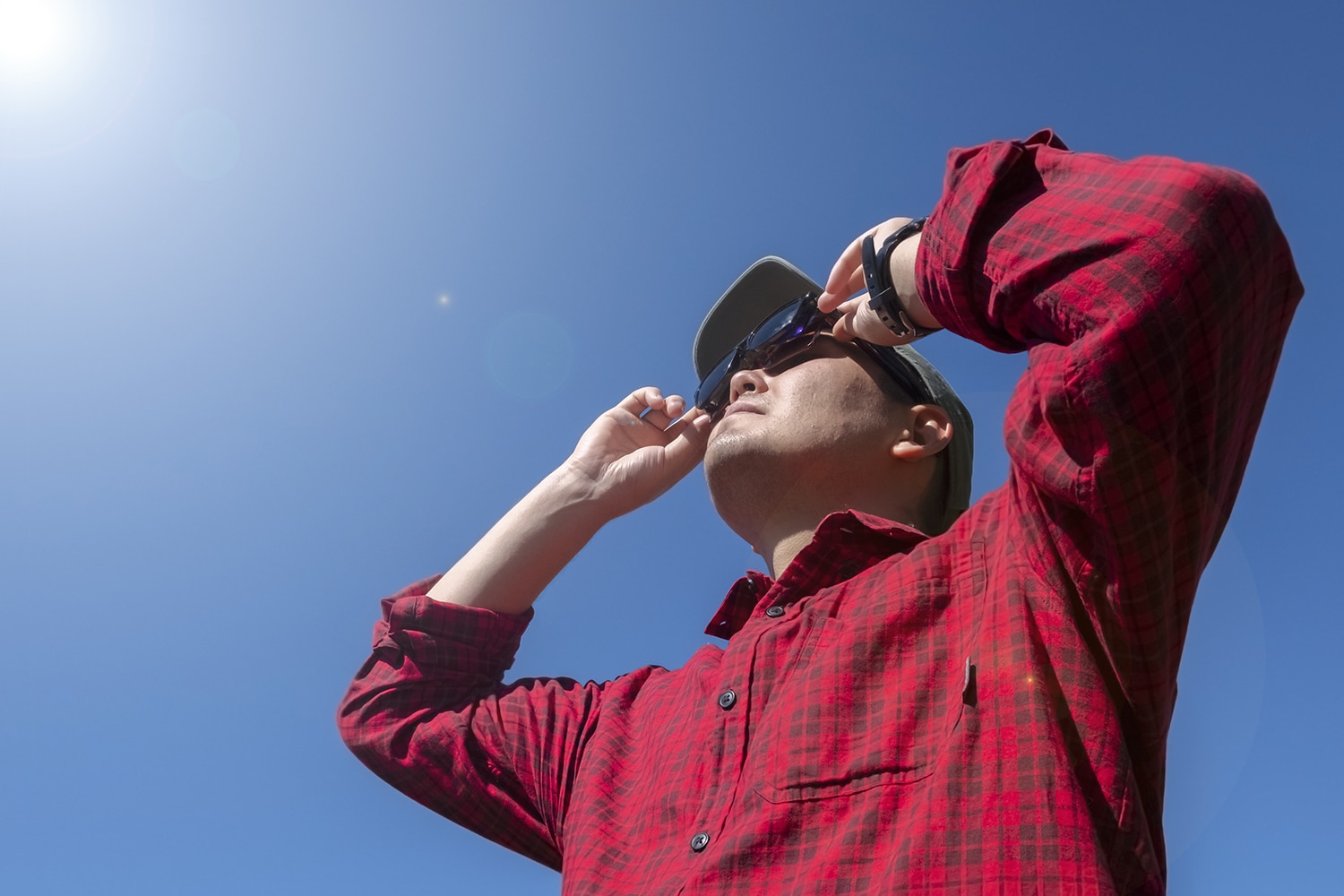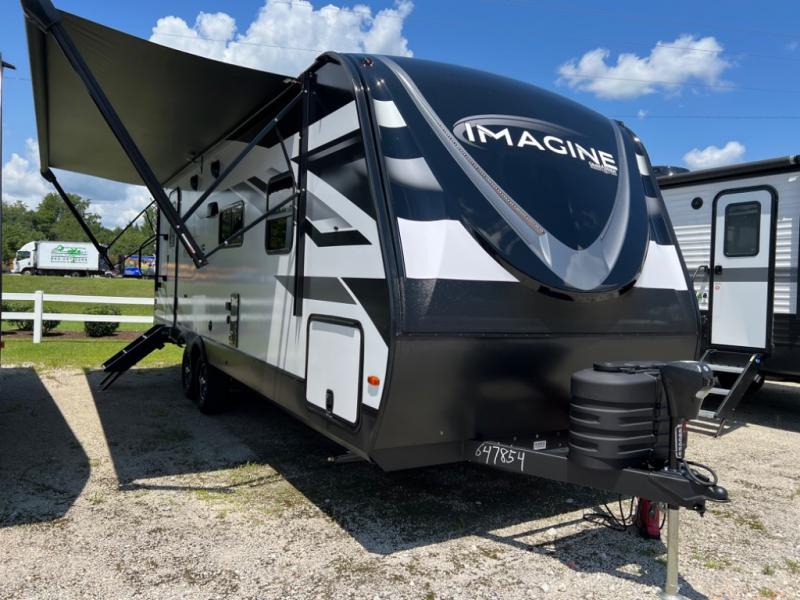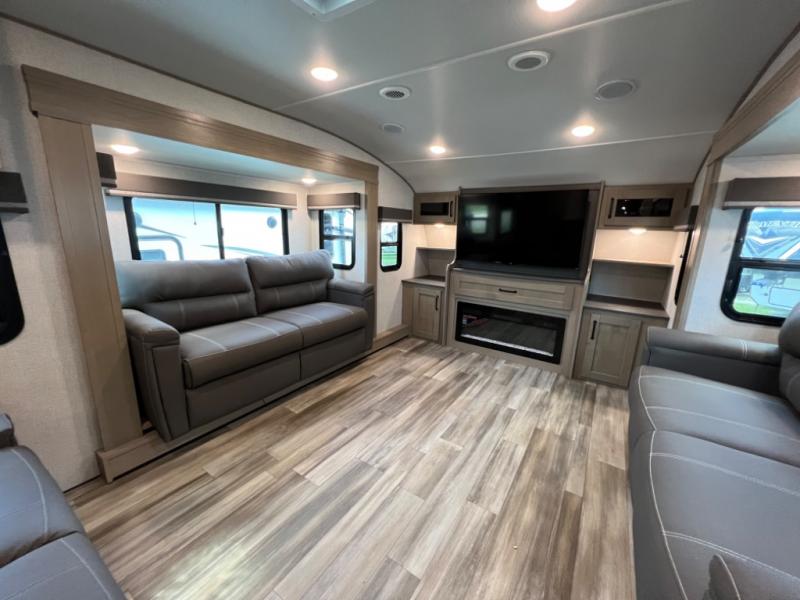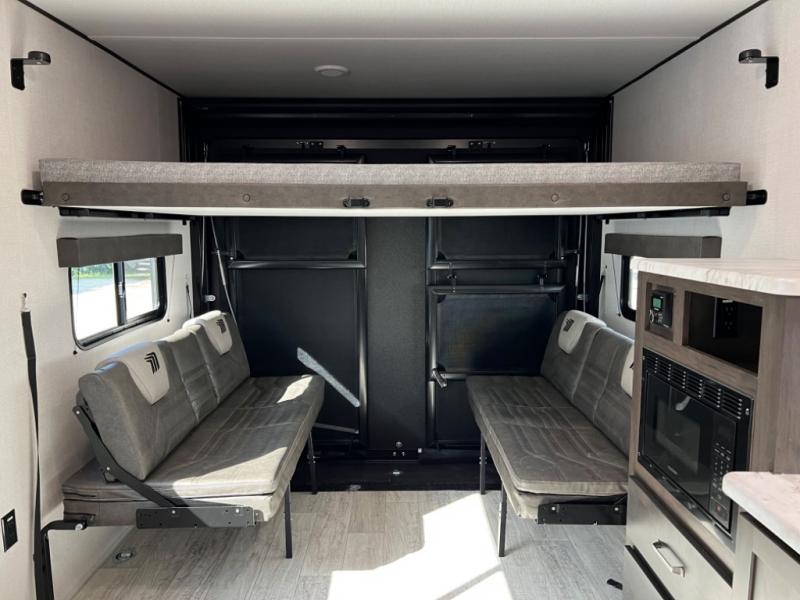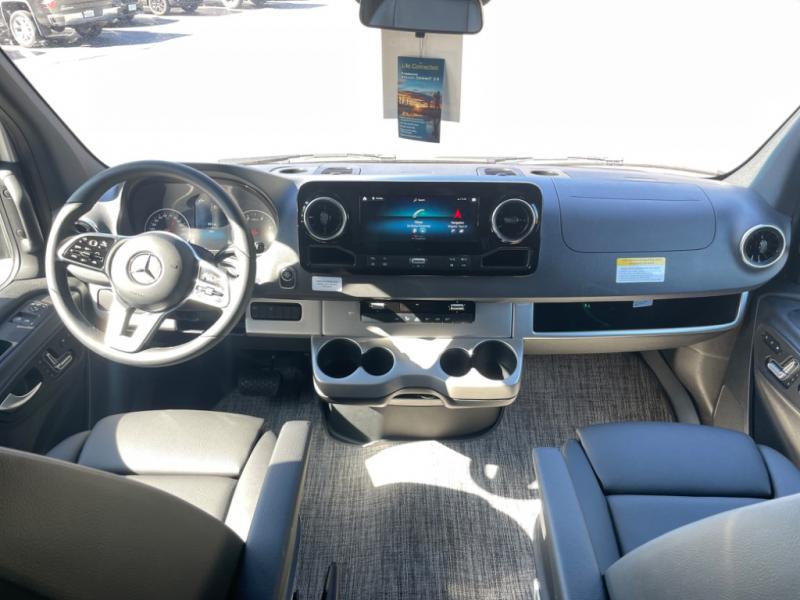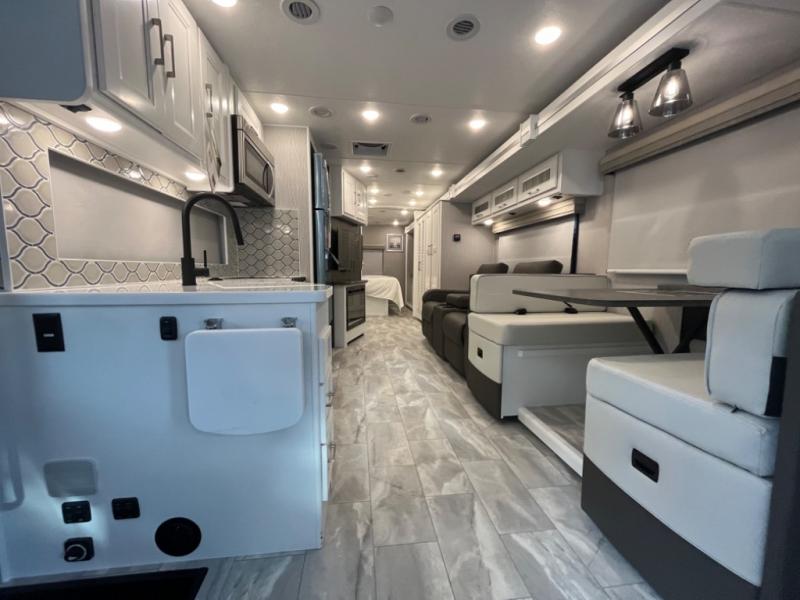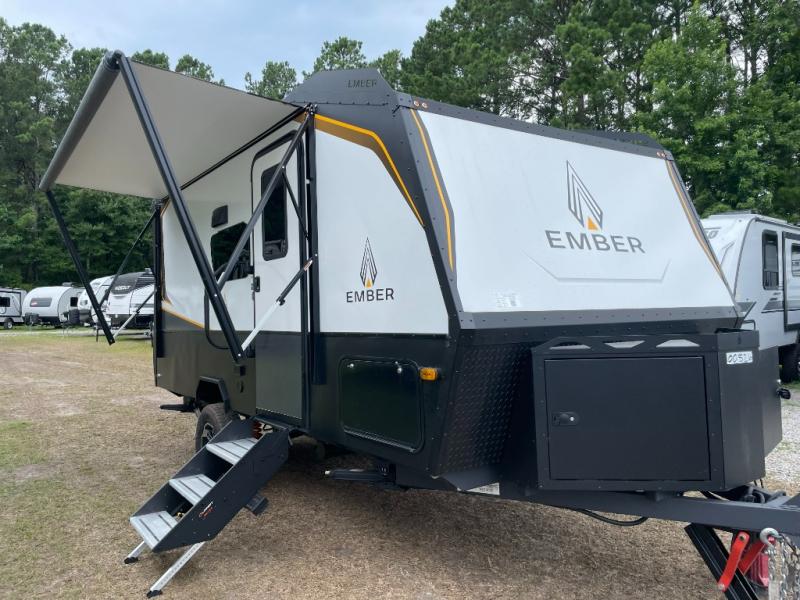2 minutes reading time (458 words)
RV (Recreational Vehicle) travel and camping often involve close-knit communities in campgrounds or RV parks. Observing proper etiquette helps create a positive experience for everyone sharing the space. Here are some RV guest etiquette guidelines to consider:
Respect Quiet Hours:Many RV parks and campgrounds have designated quiet hours. Respect these hours to ensure a peaceful environment for everyone. Avoid loud activities, music, or generators during these times.Mind Your Space:RV sites often have limited space. Be mindful of your footprint and avoid encroaching on your neighbors' space. Keep your outdoor gear, chairs, and other belongings within the confines of your designated area.Observe Campground Rules:Familiarize yourself with the rules and regulations of the campground or RV park you're staying at. This may include specific guidelines on pet behavior, speed limits, waste disposal, and more.Keep Pets on a Leash:If you bring pets, keep them on a leash and under control at all times. Be considerate of other campers who may not be comfortable around animals, and always clean up after your pets.Be Mindful of Generator Use:If your RV has a generator, use it sparingly and only during designated hours. Some campgrounds have restrictions on generator use to minimize noise and disturbance.Dispose of Waste Properly:Follow proper waste disposal practices. Use designated dump stations for black and gray water, and dispose of trash in designated receptacles. Never dump waste onto the ground.Respect Privacy:Be mindful of your neighbors' privacy. Avoid unnecessary intrusion into their space, and keep noise levels down, especially during early mornings and late evenings.Extend a Friendly Greeting:RV parks often have a sense of community. Extend a friendly greeting to your neighbors, and be open to casual conversations. Friendliness and good communication contribute to a positive atmosphere.Keep Lights Low at Night:Be considerate with outdoor lighting during the night. Keep exterior lights low or off to minimize light pollution and allow others to enjoy the night sky.Share Common Resources:If the RV park or campground has communal resources such as fire pits or picnic areas, be mindful of sharing these spaces with others. Don't monopolize shared facilities for extended periods.Follow Check-Out Times:If your stay has a designated check-out time, adhere to it. This allows the campground staff to prepare the site for the next guest promptly.Leave No Trace:Practice the Leave No Trace principles. Clean up after yourself, leave the site as you found it, and minimize your impact on the environment.By following these RV guest etiquette guidelines, you contribute to a positive and respectful camping experience for everyone in the RV community. Remember that being considerate and friendly goes a long way in creating a harmonious atmosphere in shared spaces.
© 2024 WEnRV.com, a division of Outdoorsmen.com, Inc. Contact Us: 1 (888) 838-3396

